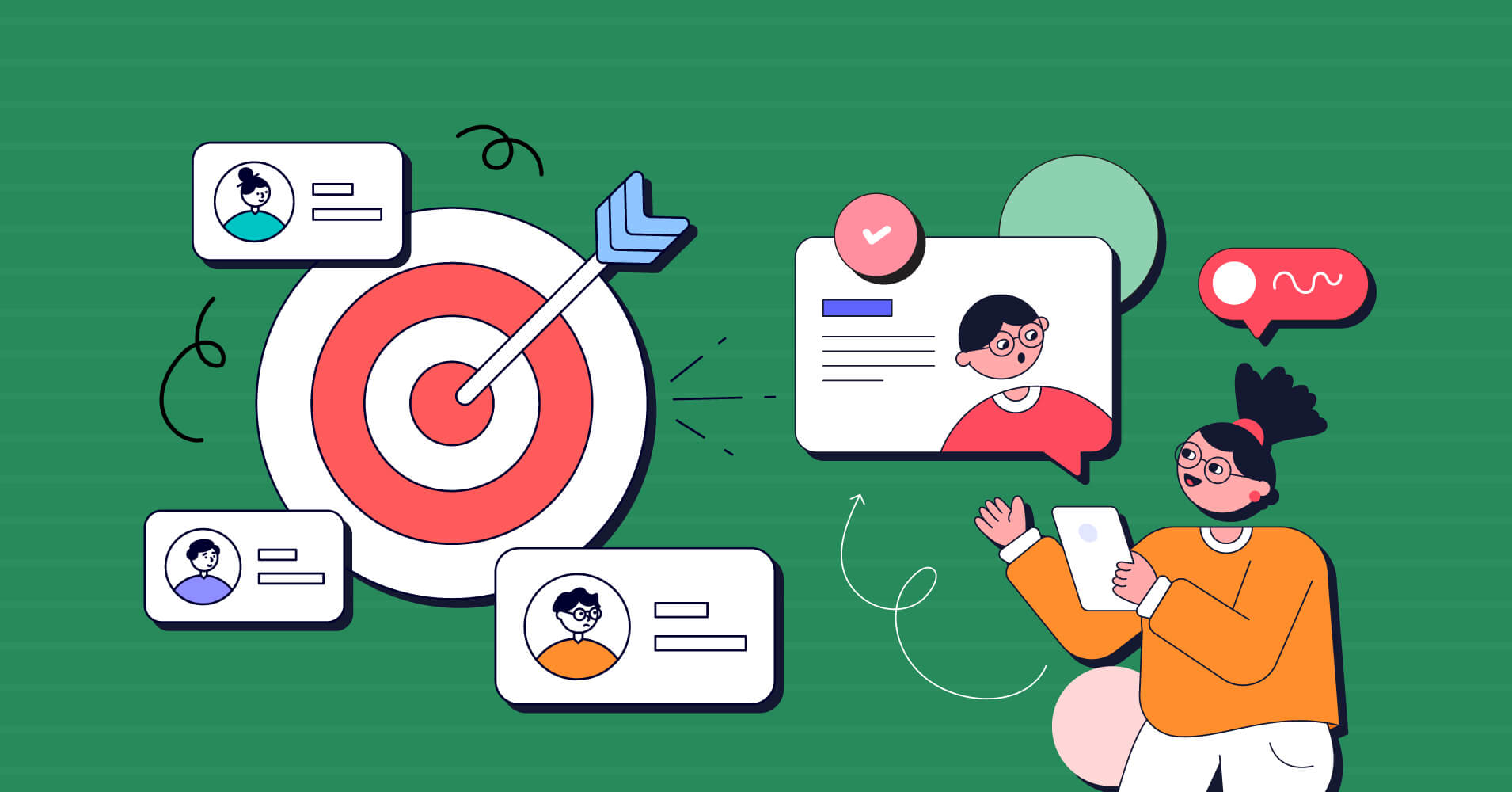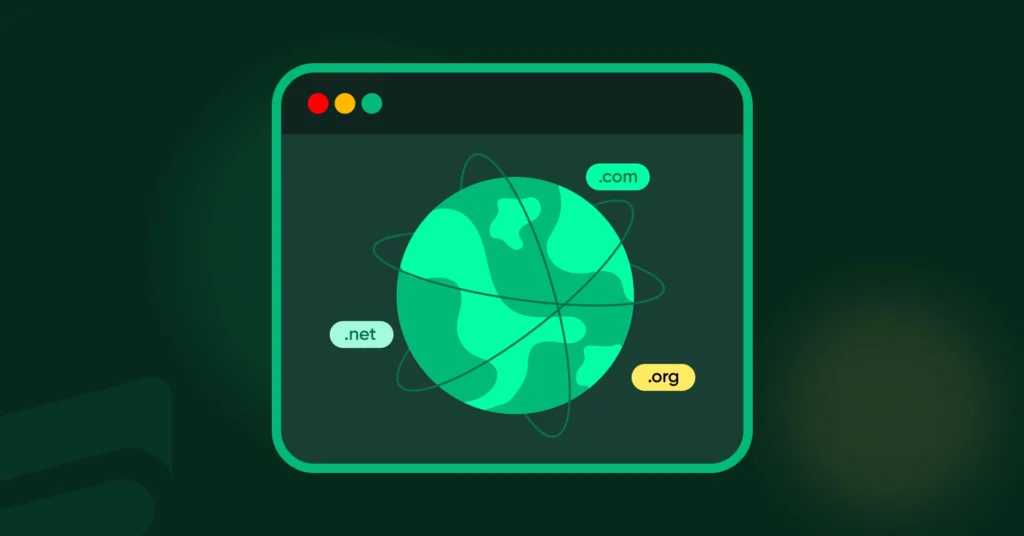
Customer Segmentation Models: How to Create and Use them
Customer segmentation is probably one of the most widely known concepts of business management. However, it can mean entirely different things for businesses across industries. This only brings to bear the fact that customer segmentation is a diverse and complex issue.
While people tend to confuse market segmentation with customer segmentation, we believe it’s better to consider them as two sides of a coin. One brings in prospects, and the other converts them into customers and manages them as such.
In this article, we’ll cover what customer segmentation is and how you can implement and analyze customer segmentation for your business.
What is customer segmentation?
Customer segmentation is the process of sorting and compartmentalizing customers into distinct cohorts based on one or more identifying characteristics.
That being said, segmentation is something that we all use in our day-to-day lives without actually calling it that. Let’s start with your workplace as an example. Given you work in a medium to large-sized enterprise, there’s a chance you have different feelings towards each of your colleagues.
Some might be old friends you found on the job; some are close acquaintances, while others are just coworkers and nothing more. Can you see the segmenting?
Okay, now let’s say you’ve got a private party next week. Who do you invite?
If it’s a friends-only party, you invite friends among coworkers. If not, then you invite your acquaintances. But do you invite every coworker? My guess is you don’t.
That’s segmentation right there! In a broad practical sense.
In business, customer segmentation is much more objective and data-driven than your invitations list. And there’s good reason for companies to do it that way.
Why do companies use segmentation?
Customer segmentation creates a significant impact on every (almost) aspect of your business. Here we look at the aspects that are the most obvious,
Marketing strategy
As a business, you’re supposed to segment customers based on what you already know. So knowing your customers is the first step to segmentation. The best part is that the information you use to segment customers is also how you find your ideal buyer persona. Knowing your target persona is the stepping stone to building an effective marketing strategy for that persona.
Promotion strategy
Similar to marketing, having customer segments allows you to craft tailored promotional campaigns. Targeting promotional channels and material according to customer segments provides better conversion rates. Ideally, you should tailor-fit your promotional strategy for every type of customer.
Budget efficiency
Marketing, promotion, and sales are expensive. Not even the biggest companies can claim to have a bottomless budget for marketing. So when you do invest in marketing, it needs to be effective and return more than it costs. Customer segmentation is one of the primary methods to spend marketing and sales budgets efficiently. This efficiency is a by-product of effective resources and marketing strategies that are customized for each segment. So no customer segment is left out of the budget.
Product development
Product development is one of the clearest places where customer segmentation makes a big impact. Take the soap example I really like to use. Everybody needs soaps, right? So why are there such wide varieties of soaps when everyone uses them for roughly the same purpose?
Well, soap isn’t just a necessity (as a cleaning agent ought to be). It’s a commodity that has differing applications to customers. Age and gender are good criteria for segmenting soap users. Older individuals prefer milder and less perfumed versions. At the same time, younger folks require a stronger soap with appealing fragrances. If you market the same soap for everyone, will it catch on?
The answer is, No! The same thing applies to making product improvements as well.
How your product will function and benefit the customer depends entirely on what the customer needs from that product. Your segments are supposed to tell you what those needs are for specific groups so you can develop or improve your product accordingly.
Customers demand relevance
The last benefit of customer segmentation is finding and delivering relevance for the customer’s needs. No matter which channel you use or how good your copy is, if it doesn’t reach the right segment, it won’t convert as you’d expect. The only way to make sure that doesn’t happen is to cater your approach to the segment. Your product won’t sell if you aren’t making it relevant. Segmenting helps you find that relevance accurately.
Popular customer segment examples
Nowadays, almost every business is employing customer segmentation. While industries and products are unique and require tailored segments, there are segments that are absolutely universal. These segments can be used no matter what you’re selling.
1. Baby Boomers
Baby boomers are the current retiring generation in the US. They number around 77 million and own almost half of all real estate. This large group of individuals has immense purchasing power and has time on their hands as well. Businesses that require customers to have decent purchasing power have to target this demographic.
2. College Students
College students are the second largest cohort after Baby boomers. While baby boomers have lived their lives and are at the tail end, college students are just getting started. But similar to boomers, they also have significantly more purchasing power and time to onboard with new products and experiences. Even more so, thanks to college essay examples that let them spend money instead of time. This is one of the biggest reasons for new businesses to target this cohort even more aggressively.
3. Suburban Housing Market
The fastest-growing cohort, however, is the suburban household owners. This is the demographic that has comparable purchasing power but very little time to onboard into new things. So when marketing to this segment, convenience is a bigger factor than cost.
The fast-food industry has already started to tap into this segment by expanding out of city centers to suburban corners and malls. Placing themselves in a convenient position for this segment is getting more revenue than targeting uptown locations.
7 major customer segmentation models
Apart from the common segments, you can create segments based on any criteria. Which factors you choose determines the model of your segmentation process. The most common models that work for businesses are as follows,
Demographic Segmentation
Demographic segmentation utilizes the following criteria to segment customers.
- Age
- Gender
- Income
- Education
- Marital status, etc.
Geographic Segmentation
Geographic segmentation utilizes location information such as,
- Country
- State
- City
- Town, etc.
Psychographic Segmentation
Psychographic segmentation utilizes personal information such as,
- Personality
- Attitude
- Values
- Interests
Technographic Segmentation
Technographic segmentation utilizes customers’ preferred devices and proficiency
- Mobile
- Desktop
- Learning curve
- Familiarity
Behavioral Segmentation
Behavioral segmentation uses habits and characteristics to build the segment,
- Purchase tendencies
- Frequent actions
- Feature or product use case
- Identifying habits
Needs-based Segmentation
Needs-based segments divide cohorts based on specific needs and their probable fulfillment.
- Use case
- Preference
- Customization
- Must have and unwanted features
Value-based Segmentation
Value-based segments look at financial incentives and outcomes for customers, such as,
- Lifetime value
- Churn probability
- Acquisition cost
- Conversion potential
- Service costs
Reduce service costs and save time
Provide service fast and reduce leakage for an efficient service team.
What makes a good segment?
So you’ve figured out how to implement customer segmentation. But how do you know your segments are the perfect fit for your business? Well, a good segment needs to have the following characteristics to be effective and worth implementing.
Substantial
Your segment needs to house a substantial number of customers from your prospective market. Creating a segment based on a criterion that gives you a handful of customers to target isn’t an effective segment, to begin with.
Identifiable
Your segment also needs to be easily identifiable. Especially for tech-related businesses, if the segment depends on vague criteria, it becomes difficult to effectively identify customers that fall into that segment. Reducing the effectiveness of the segment.
Measurable
After building a segment it’s crucial to measure the success (or failure rate) of the customers in that segment. If you can’t measure and track the conversion rate and other metrics of a segment, it will not bring the expected value.
Accessible
Your segment needs to be accessible to your employees and your business. If customers in a segment aren’t easily accessible, your strategies for them will not deliver the expected outcomes.
Responsive
Lastly, your segment needs to be responsive to your efforts. If your promotional and sales strategies do not invoke a response, or if you can’t reach that response at any given point, the effectiveness of the segment declines.
How to implement customer segmentation for your business?
1. Customer segmentation goals and variables
Before you can start segmenting customers, you need to know 2 things
Firstly, what’s the goal of the segment? The goal is the outcome of the segmenting. Knowing the goal of a segment will tell you if it’s worth creating that segment in the first place. Companies already using the buyer’s persona have the upper hand in this. Mostly because their leads are already segmented based on their stage on the acquisition funnel.
But beyond that, when it comes to existing customers, you need new and even more specific segments. Once you have the goal of the segment, you can select the most effective variables to specify the segment.
You can determine goals and variables by answering the following questions,
- Is profitability important, or is a product fit more important?
- Are there repeat purchases to consider?
- Where do they drop off in the acquisition process?
Having these answers can help you better identify the variables that will increase the effectiveness of the segment.
2. Convert goals into customer-centric segmentation projects.
Now that you have the goals, you need to convert those goals into segmentation projects. Treating each segment as an independent project will help you correlate the data better when compiling all segments together.
The process of creating customer-centric segments provides benefits such as,
- Easier to set limitations and stay within them
- Focus on the correct deliverables for the segment
- Delegate project tasks efficiently
3. Set up and prioritize each customer segmentation project
Now that your project plans are in order, it’s time to set up the project for the segments. You need to start by setting an objective for the project. Don’t confuse this with the segmentation goal. This objective is the outcome you want to achieve by using segmentation.
Once you’ve set up the project objective, you can Involve the stakeholders. Every person who will interact (actively or passively) with the segment is a stakeholder and needs to have access to the segment.
Next, you need to define the project scope for the stakeholders, so they can report back on the metrics that everyone has agreed to track.
Finally, when the project is set up, you need to determine and communicate the outcomes and deliverables for the segment and the stakeholders.
4. Collect and organize customer data.
Customer data is one of the best sources for setting up segmentation projects. You can gather this data in a number of ways, such as
- Surveys and Feedback
- Social listening
- Contests and Giveaways
Store and manage customer feedback
One unified system to manage customer service and streamline troubleshooting
These methods, although self-reported, are still reliable when segmenting customers. But gathering this data is only half the job. You also need to have a system to properly store and manage this data. This is where a good CRM or Ticketing system comes in handy.
5. Segment your customers into groups of your choice.
Do the segmenting following the criteria and quality metrics for good segments. When creating these segments, remember,
- The segments need to be easy to find and navigate.
- Segments need to have a significant size. Otherwise, they won’t be effective.
- Segments need to be stable so as not to change their targets too frequently.
- Find out segment overlaps and account for that when using the segments
- Identify customers with the highest and lowest revenue potential (i.e, acquisition cost, LTV)
Wrapping up
Customer segmentation is a broad process that potentially contributes to every aspect of your business. While marketers use market segmentation for better outreach, Sales reps depend on customer segmentation for better conversions. Similarly, service people use segments to determine customers’ lifetime value and upsell prospects.
Regardless of the purpose, the concept of segmenting remains the same. You want to address a subgroup of your customers (or prospects). Sorting them based on shared similarities and planning your strategy according to that is the best way to optimize your marketing and sales budget to yield the best returns possible.
Your own Support Portal in 5 minutes!
Start off with a powerful ticketing system that delivers smooth collaboration with unlimited room for your customers.













Leave a Reply